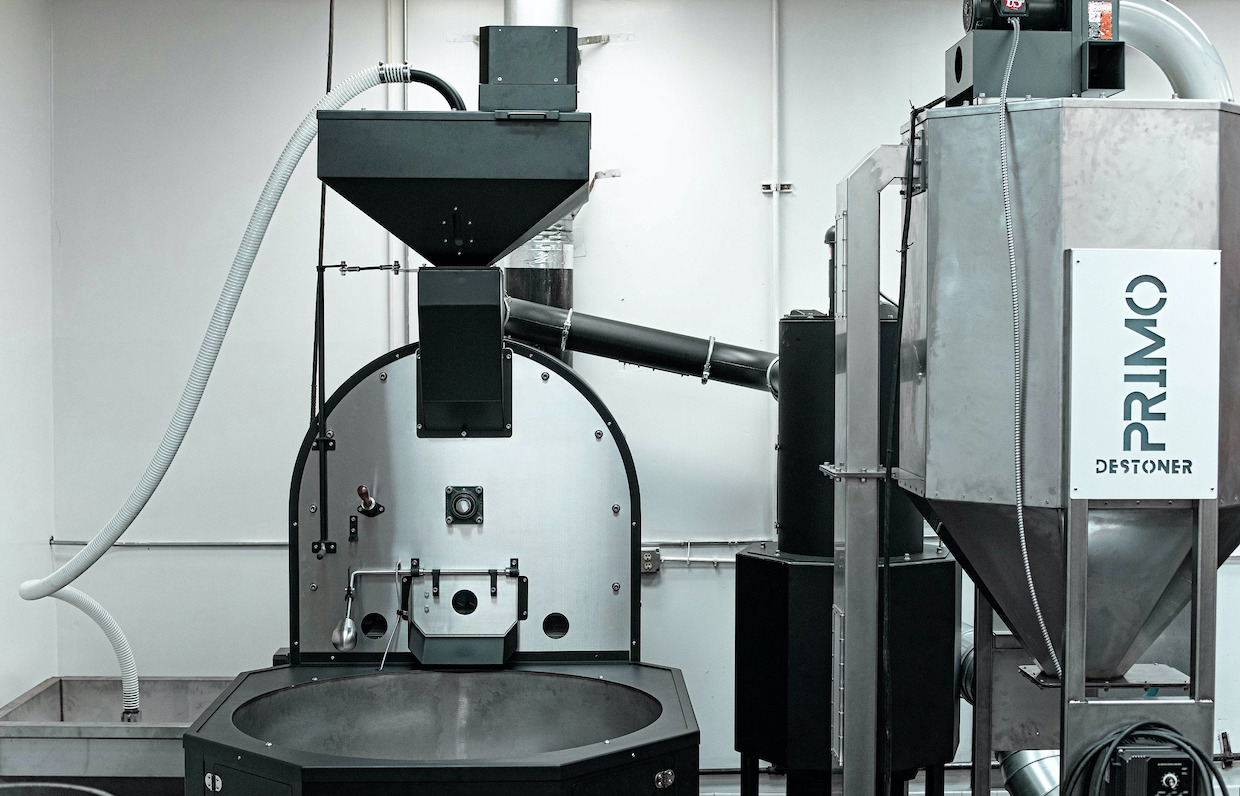
The 70-kilo-capacity Primo Xr70 combined with one of the company’s new destoners. All images courtesy of Primo Roasting Equipment.
Southern California-based Primo Roasting Equipment has launched the largest machine in its flagship Xr line of commercial coffee roasters, the 70-kilo-capacity Americano-Xr70.
The 30-year-old equipment company, which was acquired by entrepreneurs Brandon Miller and Christian Longnecker in 2020, also recently rolled out new control panels, design tweaks and other upgrades across all its Xr models, as well as new destoners and an equipment trade-in program.
The latter program, which offers discounts to past Primo roaster owners, is designed to keep customers while eliminating outdated equipment from the resale market.
The Primo Xr70 and New Unified Controls
Earlier this month, Primo technicians installed the first Americano-Xr70 roaster for a client in nearby La Puente, California. The installation included one of Primo’s new destoners, which the company says are suitable for pairing with machines from 15 to 70 kilos in capacity.
“We did a lot of prototyping with this one,” Longnecker, who serves as Primo’s chief marketing officer, told Daily Coffee News of the destoner. “Seventy kilos running through that thing took three minutes. It’s so quick, and we’ve riveted the entire thing with stainless steel construction. It’s just a really seamless, nice design.”
Features on the Americano-Xr70 roaster are consistent with the rest of Primo’s smaller Xr machines, and all models now feature the same control panel.
“We standardized the machines across every single size, so from 3 kilos all the way up to 70 kilos, it’s the same control panel and a uniform technology,” said Longnecker. “If you ever go from a 5-kilo to 30 kilos, it’s the exact same roasting process.”
Along with controlling machines’ drum rotation speed, airflow and other functions, the control panels feature built-in USB ports for software connections. Full roast profile automation capabilities are available as an add-on option.
The Xr70 release follows the recent release of two machines near the other end of the capacity range, Primo 3-kilo and 5-kilo Xr machines.
Cooling Tray and Cyclone Upgrades
Across all models, Primo has redesigned its cooling tray encasements, resulting in smaller overall footprints and a more angular look. Its cyclones have also been redesigned for smaller footprints, and are connected to roasters via straighter, more efficient paths.
“Our cyclones are now collecting about 95% of the chaff, if not 100%,” said Longnecker. “We’ve made a smaller footprint, and it’s a straight shot on top of the drum coming out of the hopper connecting right to the back of the cyclone. We’ve eliminated two 90-degree elbows, and improved the airflow drastically on all of our machines.”
The Trade-In Program
A key component of Primo’s reinvention as a company began late last year with a trade-in program aimed at removing outdated Primo equipment from the market, and replacing it with new-generation Primo design and technology.
While also open to owners of newer equipment seeking to upgrade, the program is mainly aimed at allowing anyone with a Primo roaster that was built prior to the 2020 acquisition to return the machine to the company in exchange for a steep discount on new equipment.
“We’re just getting all these old machines off the market and getting everyone in this new technology with all these new standardized panels and all the bells and whistles,” said Longnecker. “We’re looking to take Primo into the future and not keep it in the past.”
Customers can also keep their older machines, if they prefer, should they agree not to resell it.
“I’ve only actually taken one machine back from a customer,” Longnecker said of the approximately 15 trade-ins so far. “You can Frankenstein it, take it to the scrapyard, keep it as a showpiece, or you can run two machines if the old machine still runs. The agreement is just that you cannot resell the machine. We want it off the marketplace.”
Discounts are based on what new equipment the client is seeking, not on the size, cost or working condition of their legacy Primo machine. Longnecker said discounts typically range from $10,000-$15,000.
“You were a Primo customer at one time, and we’d like to keep you in the Primo family,” said Longnecker. “Brandon and I know — prior to getting involved in Primo when we had our own coffee company — it’s a bit of a nightmare to go from a 5 kilo to a 30 kilo. It costs a lot of money and it is hard to get loans. At the end of the day we’re just trying to empower the small business.”
Longnecker said that by the end of this year, Primo plans to introduce its own roast profiling and automation software. Additionally, the company plans to advance the design of larger models, while building more distribution and service partnerships.
“We’re just getting better,” said Longnecker. “We’re really just getting started. Last year was a great year, attending the SCA show and everything else. We’ll be there again this year. We’re going to pull up one of our new 5-kilo units and really show people what we’re doing and what we’re about.”
[Note: This story has been updated. The original version incorrectly stated that Brandon Miller and Christian Longnecker acquired Primo in 2022. They acquired the business in 2020.]
Comments? Questions? News to share? Contact DCN’s editors here.
Howard Bryman
Howard Bryman is the associate editor of Daily Coffee News by Roast Magazine. He is based in Portland, Oregon.



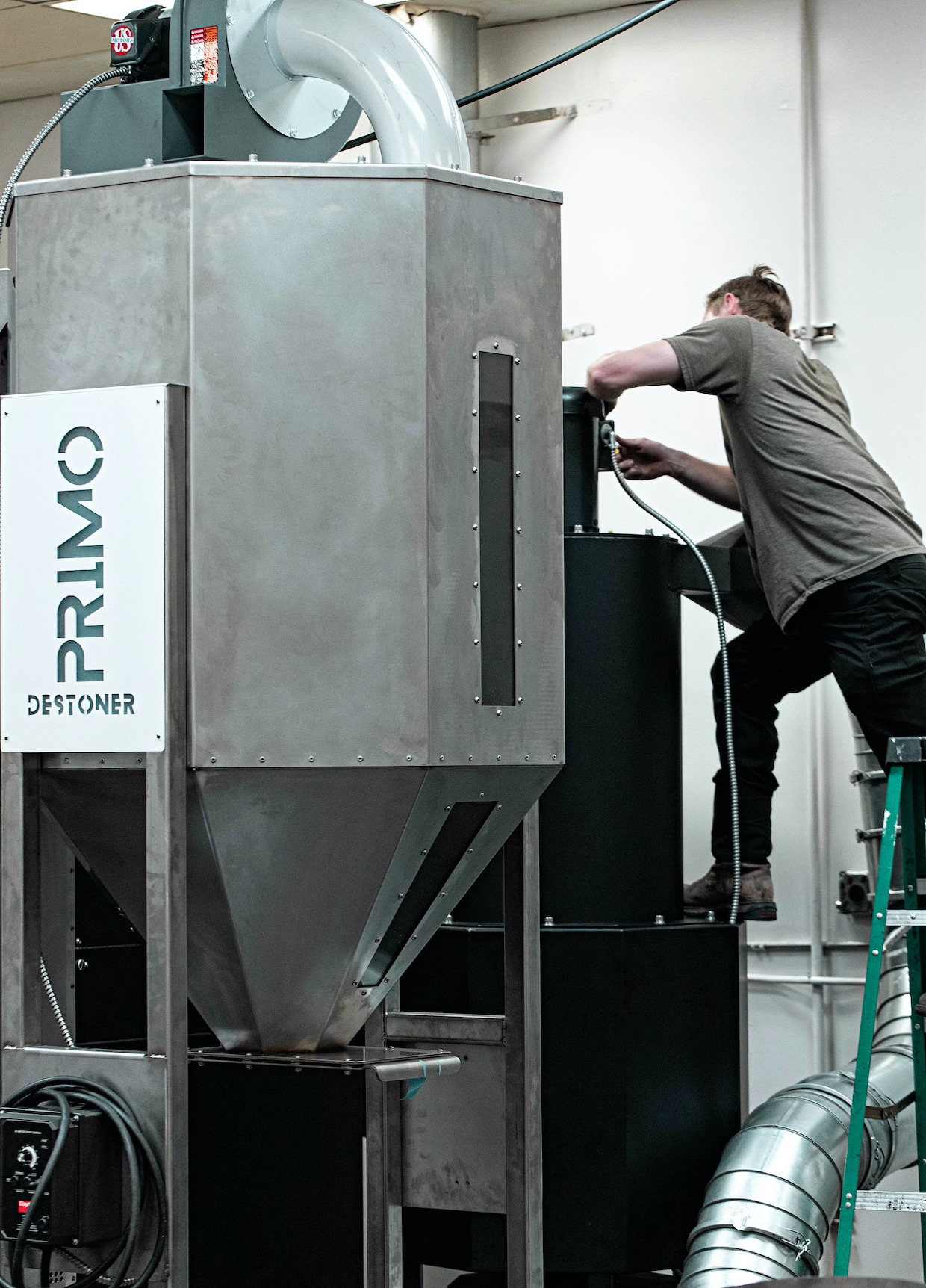
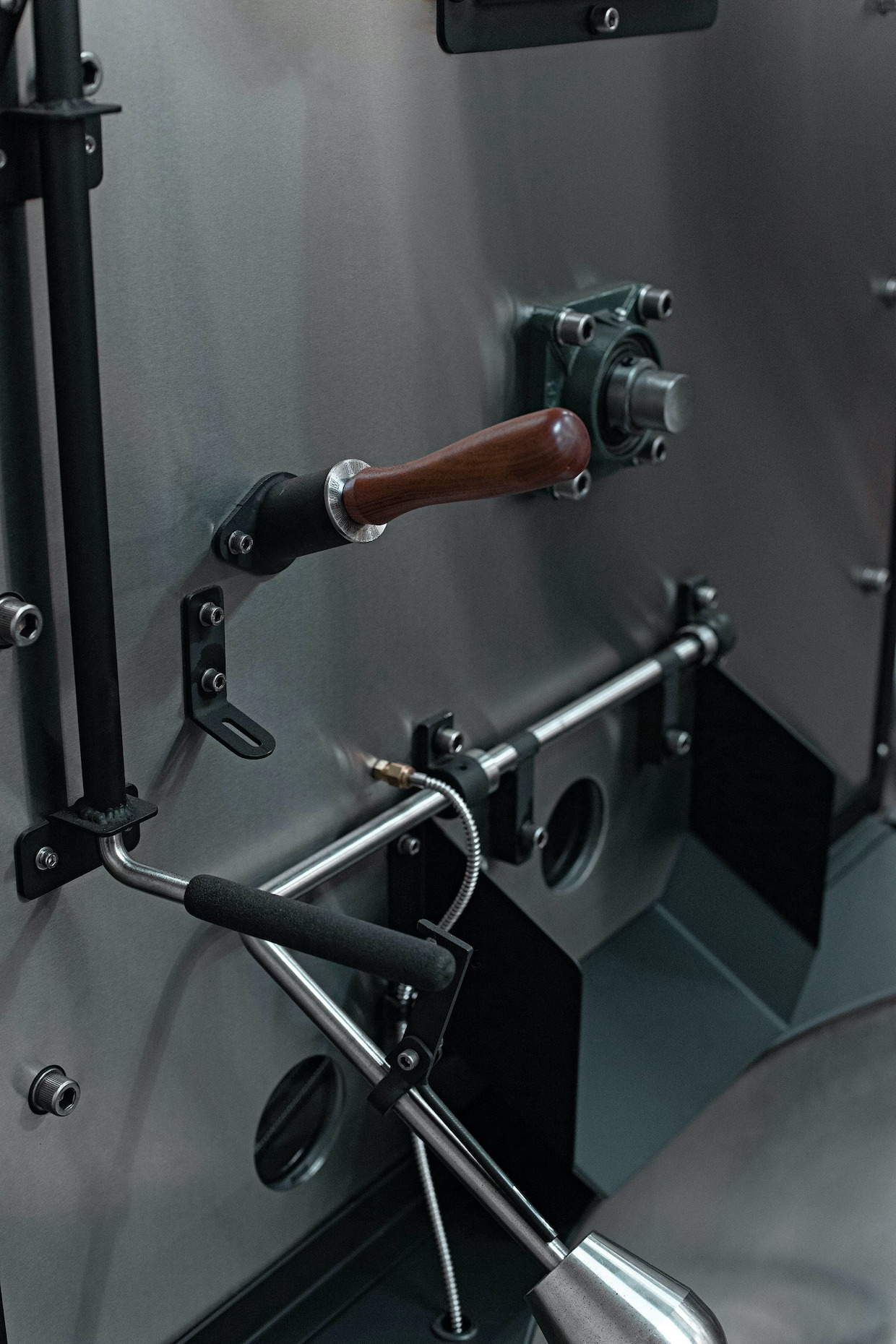
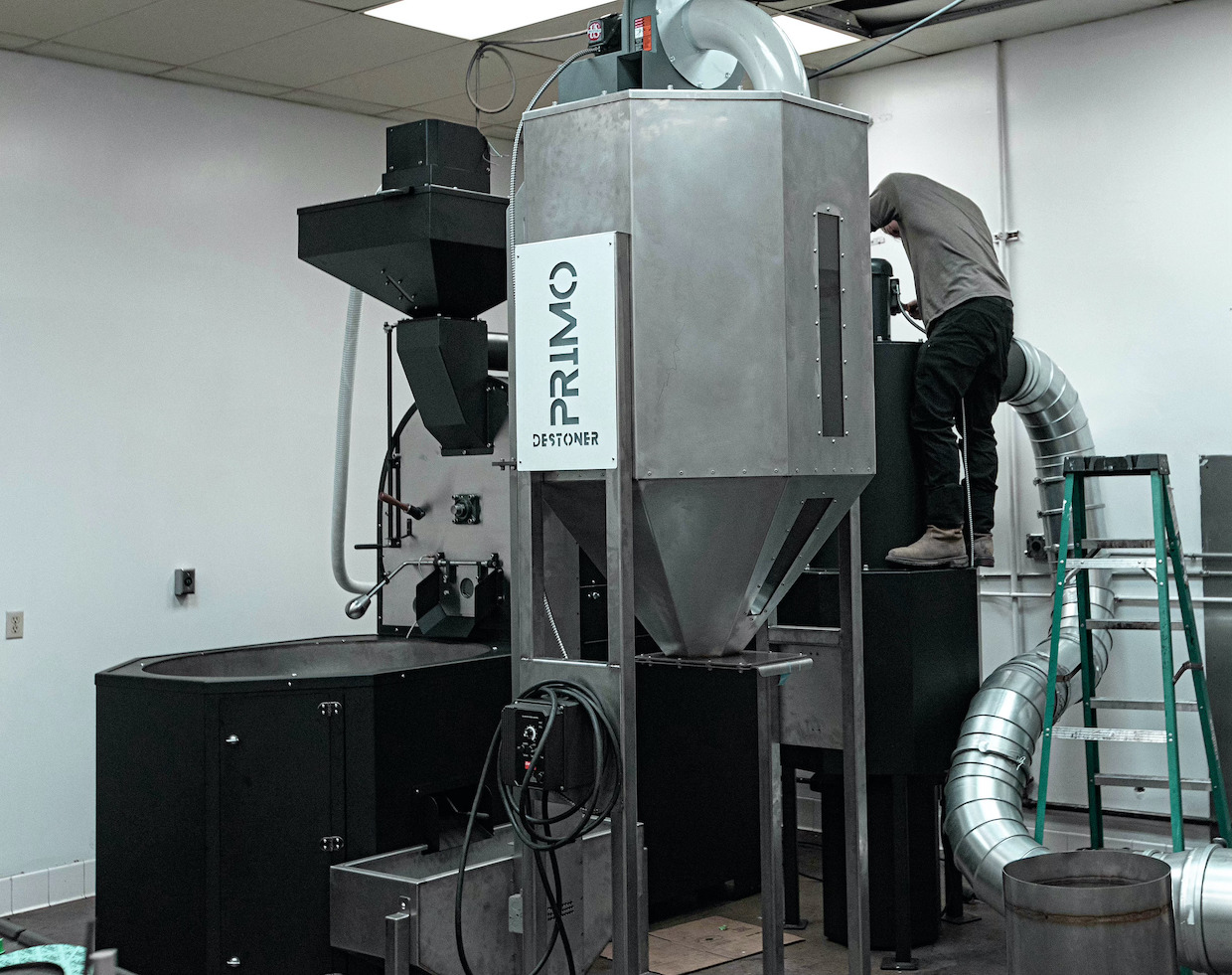
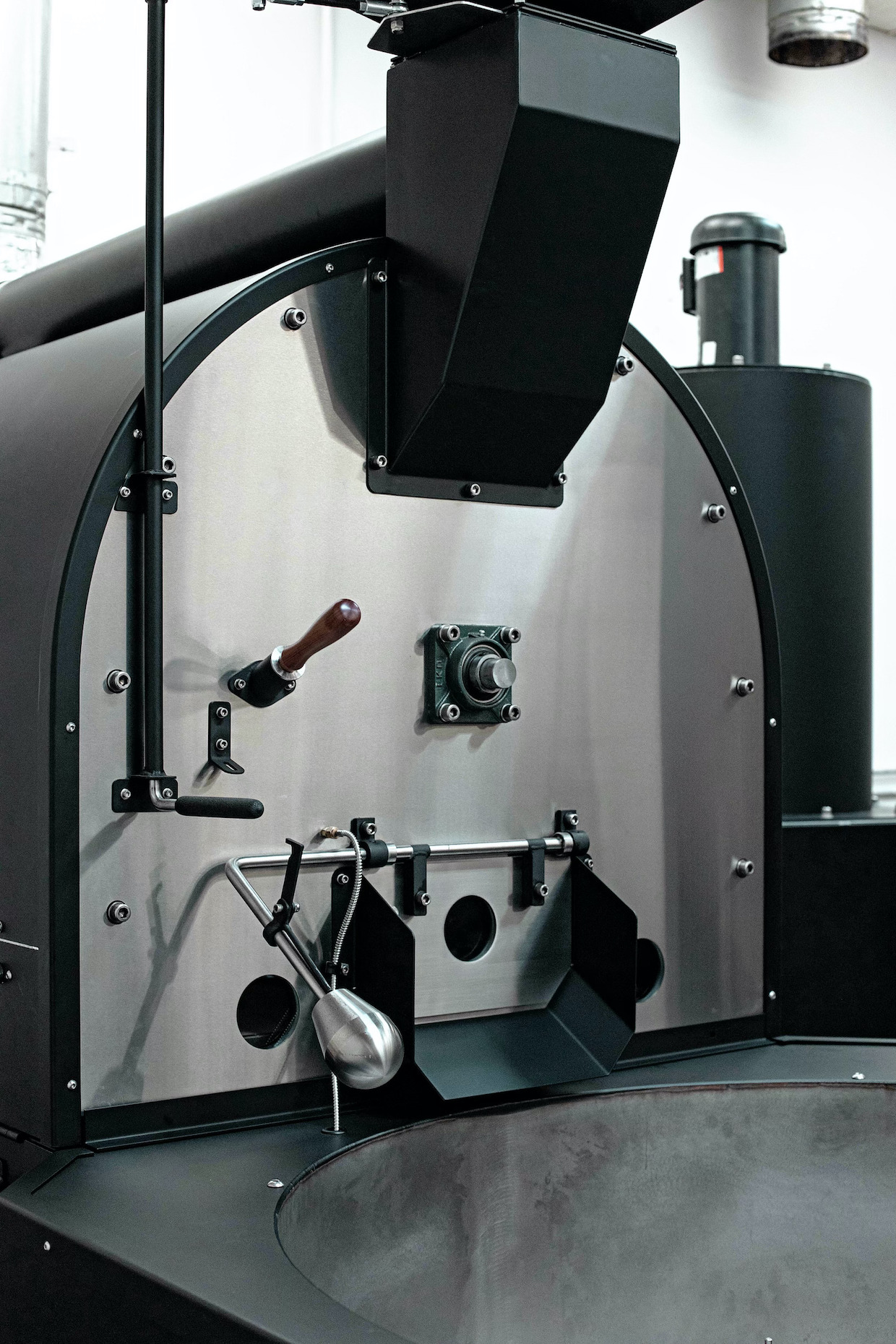



Comment